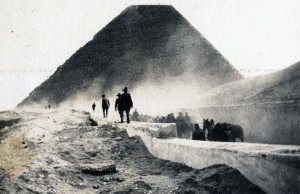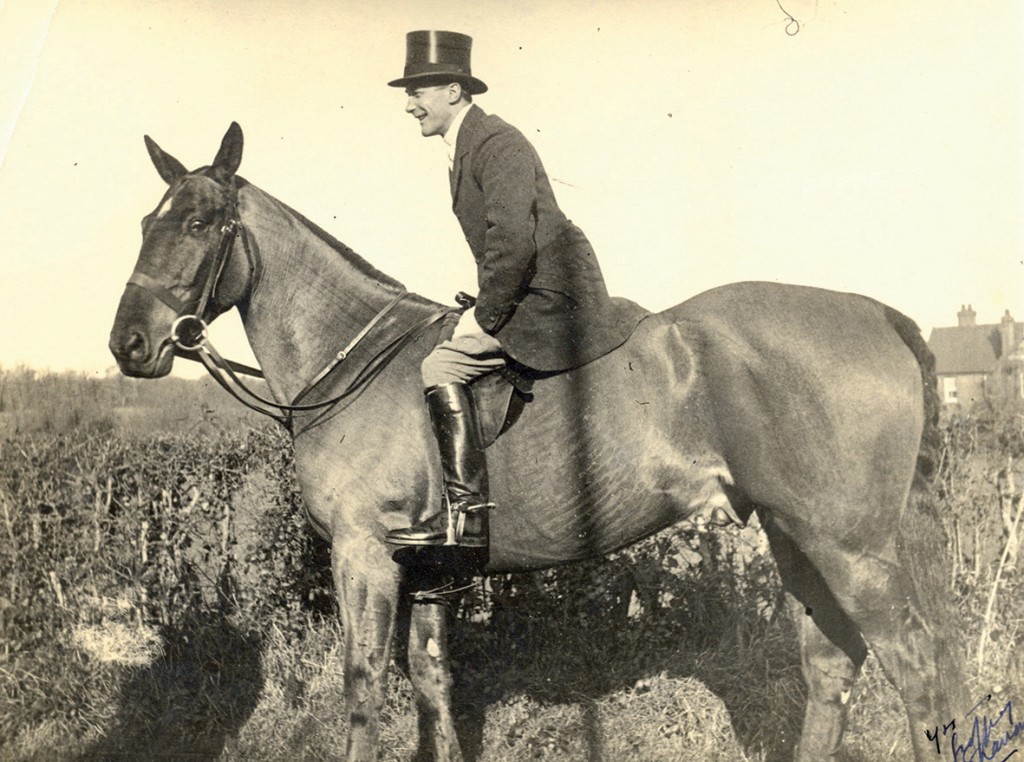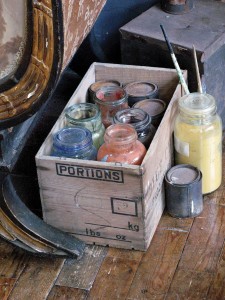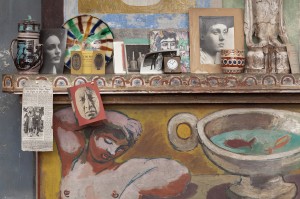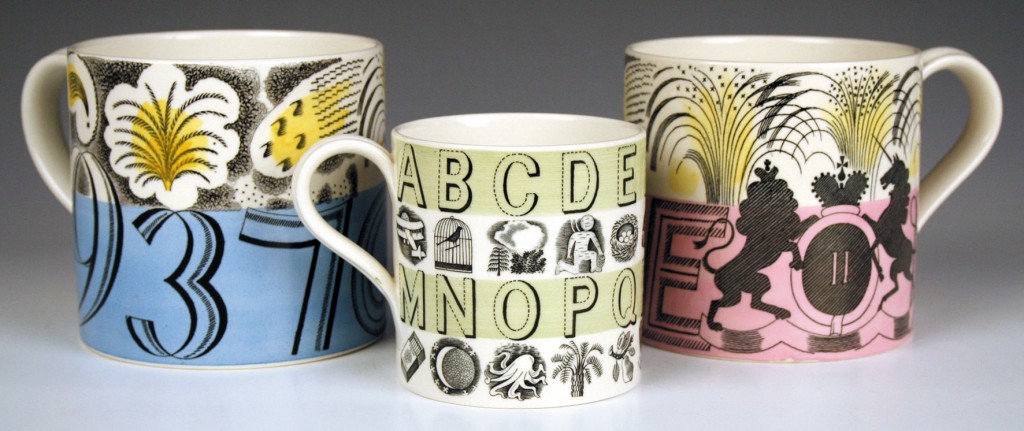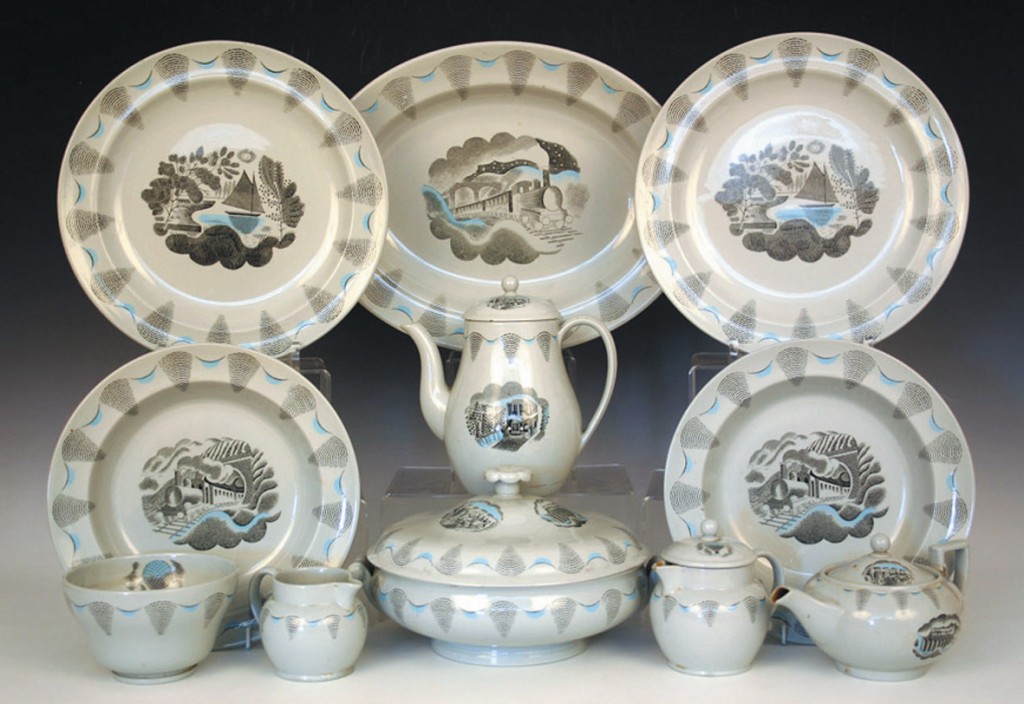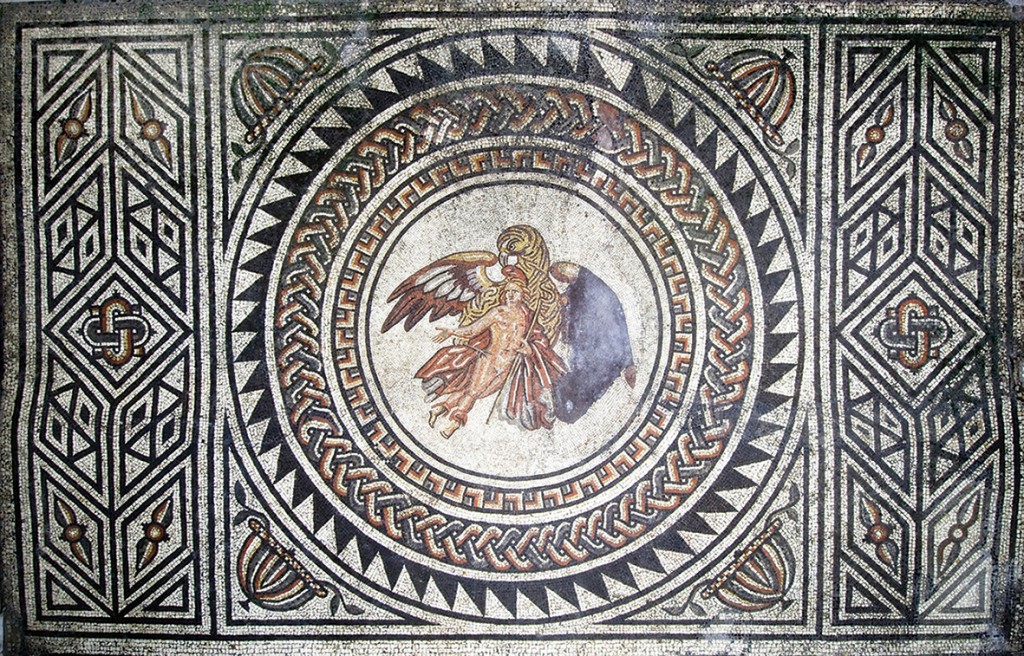
Bignor Roman Villa is for me one of the most special places in all of England. The remains of this important villa nestle in the beautiful Bignor valley in view of the South Downs, a short distance from Stane Street, the important Roman road which linked London with Chichester in the first century AD.
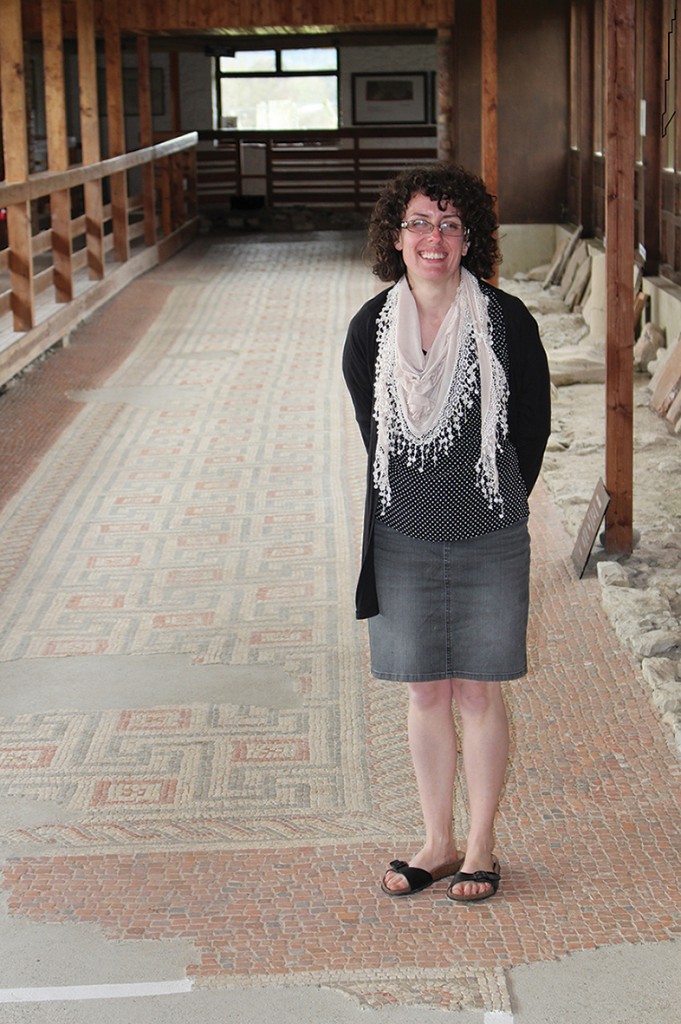
The villa was discovered in 1811 by the farmer George Tupper, who unearthed the famous Ganymede mosaic while ploughing. John Hawkins of nearby Bignor Park took charge of the site and excavations and invited Samuel Lysons, a leading antiquary of the day, to supervise the work. In 1812 more mosaics were uncovered under the orchard hedge, which probably included the Venus panels. Lysons was meticulous in his work, presenting three papers to the Society of Antiquaries between the villa’s discovery and 1818. The barns that were erected to protect the mosaics are rare examples from the late Georgian period and are Grade II listed.
Lisa and her husband, William Tupper, are the fifth generation of the Tupper family to be custodians of this remarkable historical sight. They work closely with William’s father, Tom, and their grandparents, Jack and Jill Tupper. Lisa says: “For our family the Roman Villa stands for longevity, a sense of place and family.” The villa site has remained in the Tupper’s ownership for centuries and the family still farms 2000 acres today. “It is wonderful to think that the Romans were farming here some 2000 years ago,” Lisa continues, “and they were farming 4000 acres, a huge estate.”

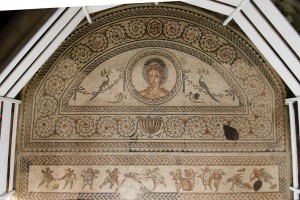
The mosaics seem out of time, conserved beneath their thatched Sussex barns. The youthful Ganymede tended his father’s sheep on Mount Ida. Here he is depicted being carried off by an eagle to become a cupbearer to the gods. His cap is typical of those worn in Phrygia, an ancient kingdom in Anatolia, now part of the Republic of Turkey. I have always loved the remarkable mosaic which, although there is some debate over the subject, is thought to depict Venus. The woman’s head is flanked by long-tailed birds and delicate fern leaves above a frieze depicting cherubs enacting famous gladiatorial scenes. The scheme, composition and execution of this panel is exquisite and among the finest in Britain. Away from the main complex, the depiction of Medusa in the bathhouse delights too. In its final form, the villa would have covered some five acres, much of which remains to be excavated. Lisa concludes, “I am delighted to be carrying on the work here that has been going on generation by generation.”
Tea and an enthusiastic welcome await the visitor to the remarkable Bignor Roman Villa, which speaks so eloquently across the millennia. We are fortunate that this exemplary archaeological jewel should be in the generous custodianship of the Tupper family. Bignor Roman Villa is open seven days a week. For more information visit www.bignorromanvilla.co.uk or telephone 01798 869259.
By Revd. Rupert Toovey. Originally published on 26th March 2014 in the West Sussex Gazette.


